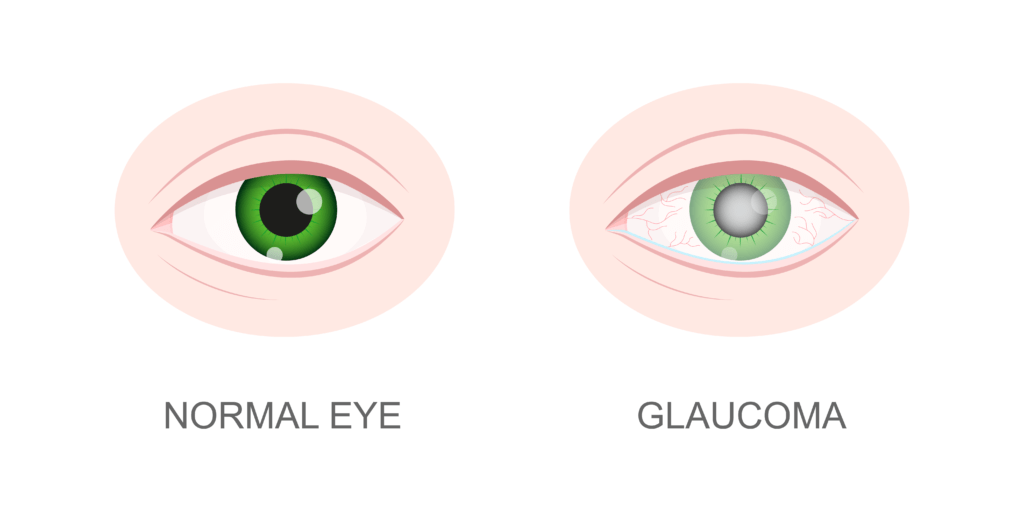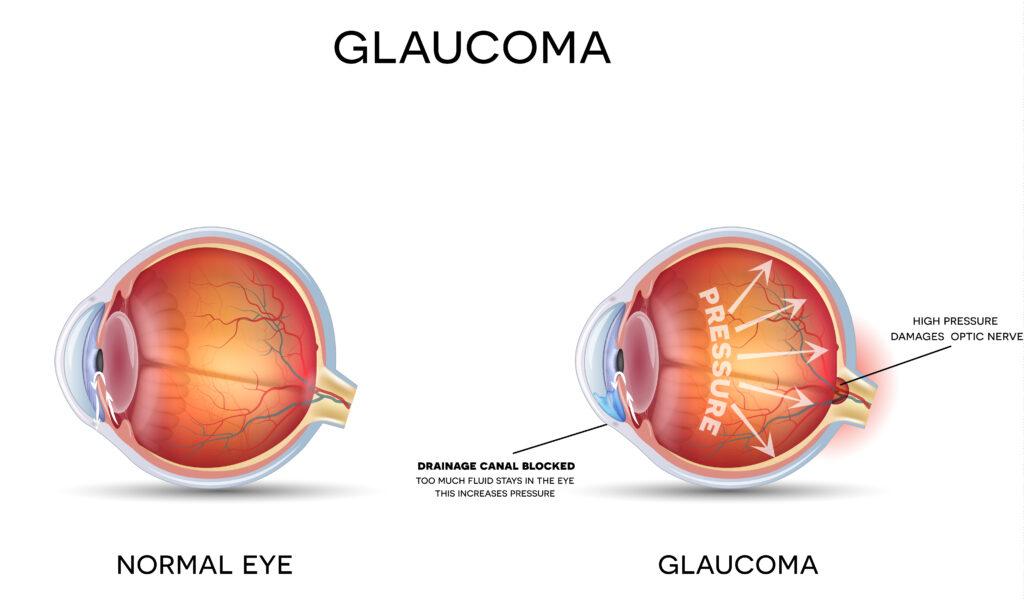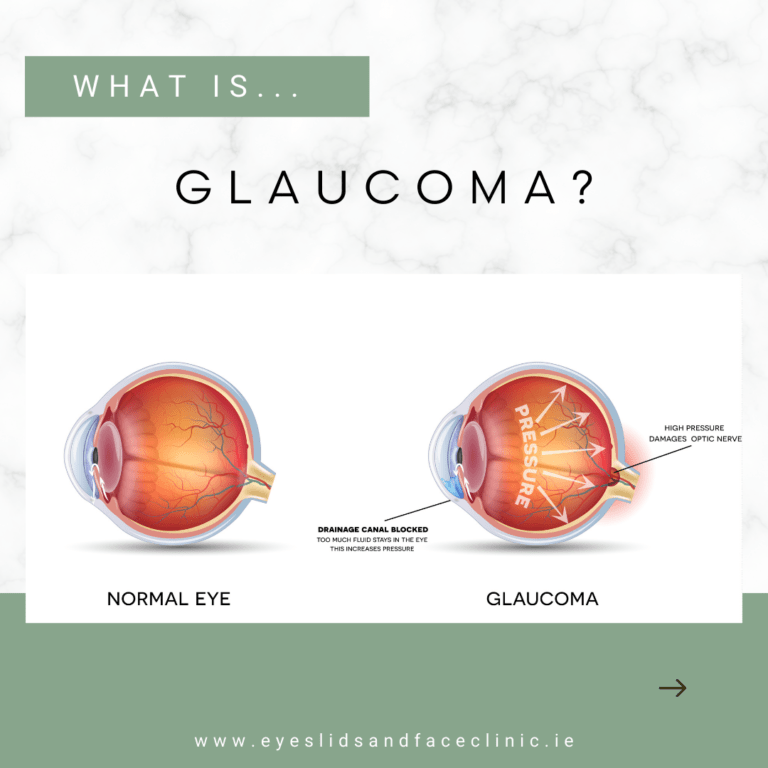Glaucoma is a group of eye diseases that can lead to irreversible vision loss and blindness. It is a condition where the optic nerve, which connects the eye to the brain, is damaged due to increased pressure inside the eye. The damage to the optic nerve can result in permanent vision loss if not detected and treated early.

Types of Glaucoma:
There are several types of glaucoma, but the most common ones are primary open-angle glaucoma and angle-closure glaucoma.
- Primary open-angle glaucoma:
This is the most common type of glaucoma, accounting for about 70-90% of cases. In this type of glaucoma, the drainage canals in the eye become clogged over time, causing an increase in intraocular pressure (IOP). As the pressure builds up, it damages the optic nerve, resulting in vision loss. Primary open-angle glaucoma typically develops slowly and painlessly and may not cause any noticeable symptoms until significant damage has occurred.
- Angle-closure glaucoma:
This type of glaucoma is less common but can be more severe. Angle-closure glaucoma occurs when the iris (the colored part of the eye) blocks the drainage angle, causing the IOP to increase rapidly. Symptoms may include sudden eye pain, nausea, and vomiting, as well as blurred vision and halos around lights. Angle-closure glaucoma is a medical emergency that requires immediate treatment to prevent permanent vision loss.
Risk Factors for Glaucoma:
Several factors can increase the risk of developing glaucoma, including:
- Age: Glaucoma is more common in people over the age of 60.
- Family history: If you have a family member with glaucoma, you are at a higher risk of developing the condition.
- Medical conditions: Certain medical conditions, such as diabetes and high blood pressure, can increase the risk of glaucoma.
- Eye injuries: A history of eye injuries or surgeries can increase the risk of glaucoma.
- Race: African Americans and Hispanics are more likely to develop glaucoma than Caucasians.

Diagnosis and Treatment:
A comprehensive eye exam is the most effective way to diagnose glaucoma. During the exam, the eye doctor will measure the IOP and examine the optic nerve for signs of damage. They may also perform visual field tests to determine if there is any loss of peripheral vision.
Treatment for glaucoma typically involves lowering the IOP to prevent further damage to the optic nerve. This can be done through medication, laser treatment, or surgery. The type of treatment recommended will depend on the severity of the glaucoma and the individual patient’s needs.
Conclusion:
Glaucoma is a serious eye condition that can lead to permanent vision loss if not detected and treated early. Regular eye exams are essential to catch glaucoma early and prevent further damage to the optic nerve. If you have any concerns about your vision or eye health, speak to an eye doctor for a comprehensive evaluation. Remember, early detection and treatment can make a significant difference in preserving your vision.




